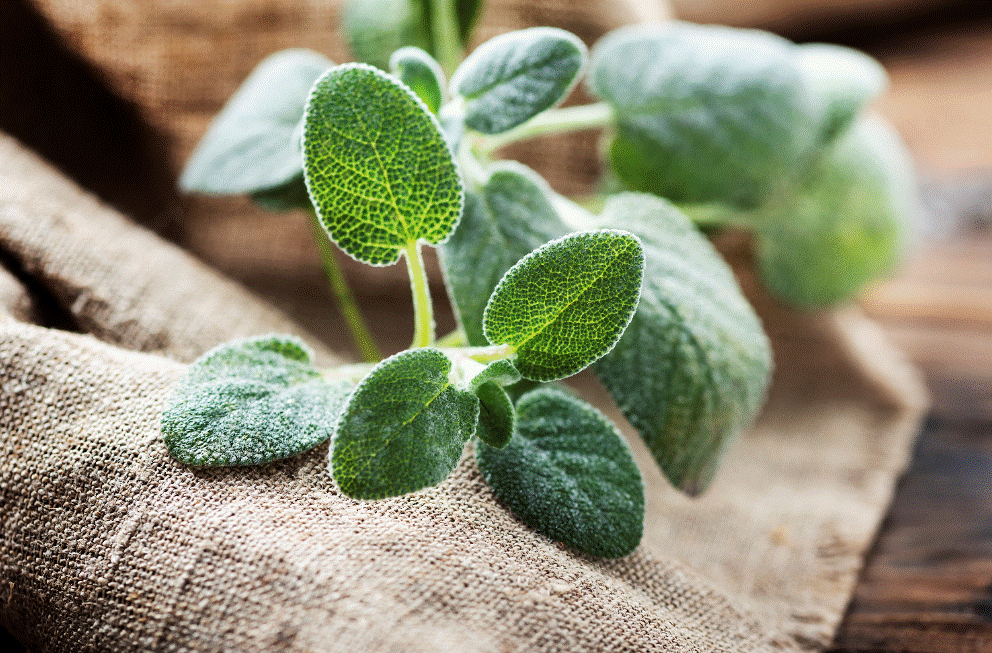Sage Health Benefits

While the culinary delights of sage are well known, its health benefits are not so widely broadcast these days despite its long history of use for everything from enhancing memory to treating the plague, aiding conception, and soothing a sore throat.
Sage was prized by the ancient Greeks and Romans for both its medicinal properties and culinary uses, especially as a meat preservative, and the ancient Egyptians were known to use it as a fertility stimulant.
It has long been cultivated around the Mediterranean and in Asia Minor and is everpresent in Greek, Italian, and Middle Eastern cuisines.
HEALTH BENEFITS
Sage health benefits, sage is one of the large genus Salvia (of the mint family), the name being derived from the Latin salvere (to save), which refers to the plant’s curative properties.
The epithet officinalis in a botanical name is from a medieval word that meant “from
the storeroom” (of remedies), later the pharmacy, indicating the plant was significant for its medicinal qualities.
Sage’s common name is no coincidence, either, with both its historical use for brain health and several modern studies showing it may help to improve memory, problem-solving, reasoning, and other cognitive abilities.
A few small studies using an extract of the plant have even shown some cognitive improvements in people with Alzheimer’s disease.
Like certain pharmaceutical drugs, sage acts as a cholinesterase inhibitor, increasing the
level of the brain chemical acetylcholine, which is lacking in people with Alzheimer’s.
Also, sage has been used for menstrual and menopausal problems, digestive complaints, and gum health.
Its anti-microbial and anti-inflammatory actions have been considered useful for cold sores, mouth ulcers, and throat infections.
Taken as a tea (infusion) twice a day, sage has been shown to lower LDL (bad) cholesterol and raise HDL (good) cholesterol, while a leaf extract has also been shown to lower blood glucose and improve insulin sensitivity in ways comparable with the effects of some
diabetic medications.
Sage is said to be loaded with antioxidants containing chlorogenic acid, caffeic acid, rosmarinic acid, ellagic acid, rutin, and other compounds with anti-cancer effects that enhance brain function and memory.
CULINARY USES
With its rather mellow, woody flavor, sage goes well with poultry, pork, and other meat dishes. Chopped fresh leaves or the dried herb is traditionally used with chopped onion in stuffings for chicken and turkey.
Fresh sage also makes an excellent addition to soups, omelets, frittatas, and homemade
sausage mixes.
Sage leaves are featured in the classic Italian dish saltimbocca, which comprises thin slices of veal topped with prosciutto, and fresh whole sage leaves then rolled into tubular parcels
secured with a toothpick and fried in butter and wine or dry marsala.
Another classic Italian dish is gnocchi or pasta with sage and burnt butter.
Add 15–20 chopped fresh sage leaves to a good chunk of butter (about 100g) in a frying pan and stir or shake the pan until the butter turns a nutty brown color, and the sage goes crispy.
Mix through cooked gnocchi or penne. Season with sea salt and cracked pepper and top with shaved parmesan if desired.
GROWING
Sage is a perennial that likes plenty of suns and good drainage. It doesn’t do so well in
colder areas.
The leaves are soft and fleshy with a pebbled surface and are green in color with a greyish tinge.
It’s not easy to grow from seed but can be propagated from cuttings. The plant can become quite woody in time, so it will need to be cut back to promote fresh new growth.
HARVESTING
Pick the fresh leaves as needed or dry them in bunches and keep them in an airtight jar or ziplock bag for up to six months.
If you have to buy it and don’t need to use the whole bunch, fresh sage leaves can be wrapped in damp kitchen paper and stored in the fridge.
Kept like that; they will last three or four days or longer, even up to a week, depending on when they were picked.


























